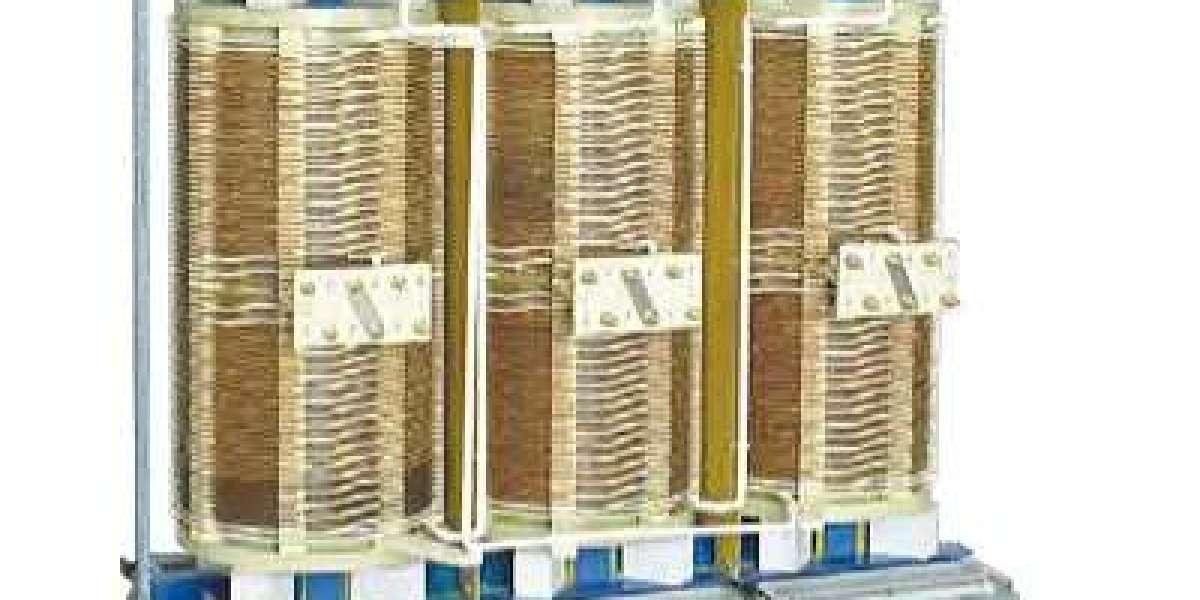For a century the distribution transformer was judged by two metrics: no-load loss (W) and short-circuit impedance (%). In 2025 the first question from investors is: “How many kilograms of CO₂ per kVA?” Global revenue for distribution transformers hit USD 18.4 billion in 2024 and is
1 Market pulse: USD 18.4 B global, 5.8 % CAGR, green-core in front
According to Mordor Intelligence, the global distribution transformer market was valued at USD 18.4 billion in 2024 and is projected to reach USD 24.6 billion by 2030, growing at a CAGR of 5.8 % . Amorphous-core units account for 12 % of volume but 28 % of value, driven by EU Eco-Design Tier 2 and U.S. DOE 2024 efficiency standards.
2 Regulatory thunder: EU Eco-Design Tier 2 and the 0.5 W/kg limit
From July 2024 EU Eco-Design Tier 2 limits no-load loss of a 1,000 kVA distribution transformer to 0.5 W/kg—30 % lower than Tier 1. The fastest compliance path is to specify amorphous ribbon (Fe₈₀B₂₀) which cuts core loss by 70 % compared with grain-oriented steel.
3 Core metallurgy: amorphous ribbon beats GOES
Amorphous ribbon produced by planar-flow casting achieves 1.3 T flux density with core loss of 0.18 W/kg at 50 Hz—one-third of GOES at 1.7 T. A 1,000 kVA unit saves 4,800 kWh yr⁻¹, equal to 2.4 t CO₂-eq—enough to offset the embodied carbon of the copper winding in < 3 years.
4 Vegetable oil: FR3 that eats moisture and carbon
Natural ester (FR3) has a fire point of 360 °C (vs. 145 °C for mineral oil) and is biodegradable within 21 days. A 2024 LCA by Cargill shows that FR3-filled distribution transformers cut cradle-to-grave CO₂-eq by 18 % compared with mineral oil, qualifying for 50 bp green-bond discounts.
5 Shielded solid insulation: accidentally touchable
A conductive layer sprayed on the tank holds the entire surface at earth potential, meeting IEEE 1247 “touch-safe” requirements. During a 2024 audit at a German data centre, operators could perform infrared scans without de-energising the feeder—cutting downtime by 40 minutes per intervention.
6 Smart embedded sensors: IoT inside the tank
A 0.2 W MEMS sensor harvests energy from the 50 Hz magnetic field and logs winding temperature every second. When hotspot rise exceeds 8 K above nameplate, the chip bursts 48 bytes via LoRa—ordering a spare unit four months before insulation failure. Over 1,000 transformers in Finland have cut unplanned outages by 37 %, saving an estimated €1.2 M in lost urban commerce.
7 Modular 50 MVA blocks: 14 m², 18 hours, blockchain birth
A 40 ft high-cube pre-loaded with amorphous-core transformer, 1 MWh lithium and IEC 61850 SCADA can energise 50 MVA in 18 hours. Concrete volume drops 85 %, transport emissions fall 40 %, and civil schedules shrink from 14 weeks to 48 hours—critical for data-centre shells where concrete is hauled 600 km.
8 Circular end-of-life: 96 % mass recovery
Degatech Electric offers a take-back contract: silicon steel re-rolls into motor laminations, copper refines to 99.9 % cathode, FR3 re-refines into bio-diesel. Recovery rate: 96 % by mass, 98 % by economic value. Clients receive a blockchain certificate that satisfies EU Taxonomy and U.S. LEED v4 credits—closing the loop on the
distribution transformer life-cycle.
9 Conclusion: the cheapest kWh is the one that leaves the substation carbon-negative
The distribution transformer is no longer a steel box; it is a carbon-negative, blockchain-born, finance-ready grid node. Amorphous core, vegetable oil and sub-cycle data turn the last mile into a profit centre—helicopter-free and future-proofed to 2050.
Specify your next net-zero substation with Degatech Electric’s
distribution transformer portfolio—amorphous-core, FR3-filled, blockchain-verified—at
Degatech Electric Switchgear Products.
 提高ROI:如何优化谷歌广告项目实施策略
توسط DavidGarciaqa
提高ROI:如何优化谷歌广告项目实施策略
توسط DavidGarciaqa BetWinner Promo Code 2025: Unlock Personalized Betting Perks with LUCKY2WIN
توسط Giovanndrzog
BetWinner Promo Code 2025: Unlock Personalized Betting Perks with LUCKY2WIN
توسط Giovanndrzog Open Your Finest Lashes: A Step-by-Step Overview To Using Vibely Mascara
توسط stephainewilhi
Open Your Finest Lashes: A Step-by-Step Overview To Using Vibely Mascara
توسط stephainewilhi Claim Free Bets with 1Win Offer Code 2025
توسط Giovanndrzog
Claim Free Bets with 1Win Offer Code 2025
توسط Giovanndrzog Unlock Your SpinBetter Sports Bonus Code 2025 Today
توسط Giovanndrzog
Unlock Your SpinBetter Sports Bonus Code 2025 Today
توسط Giovanndrzog

